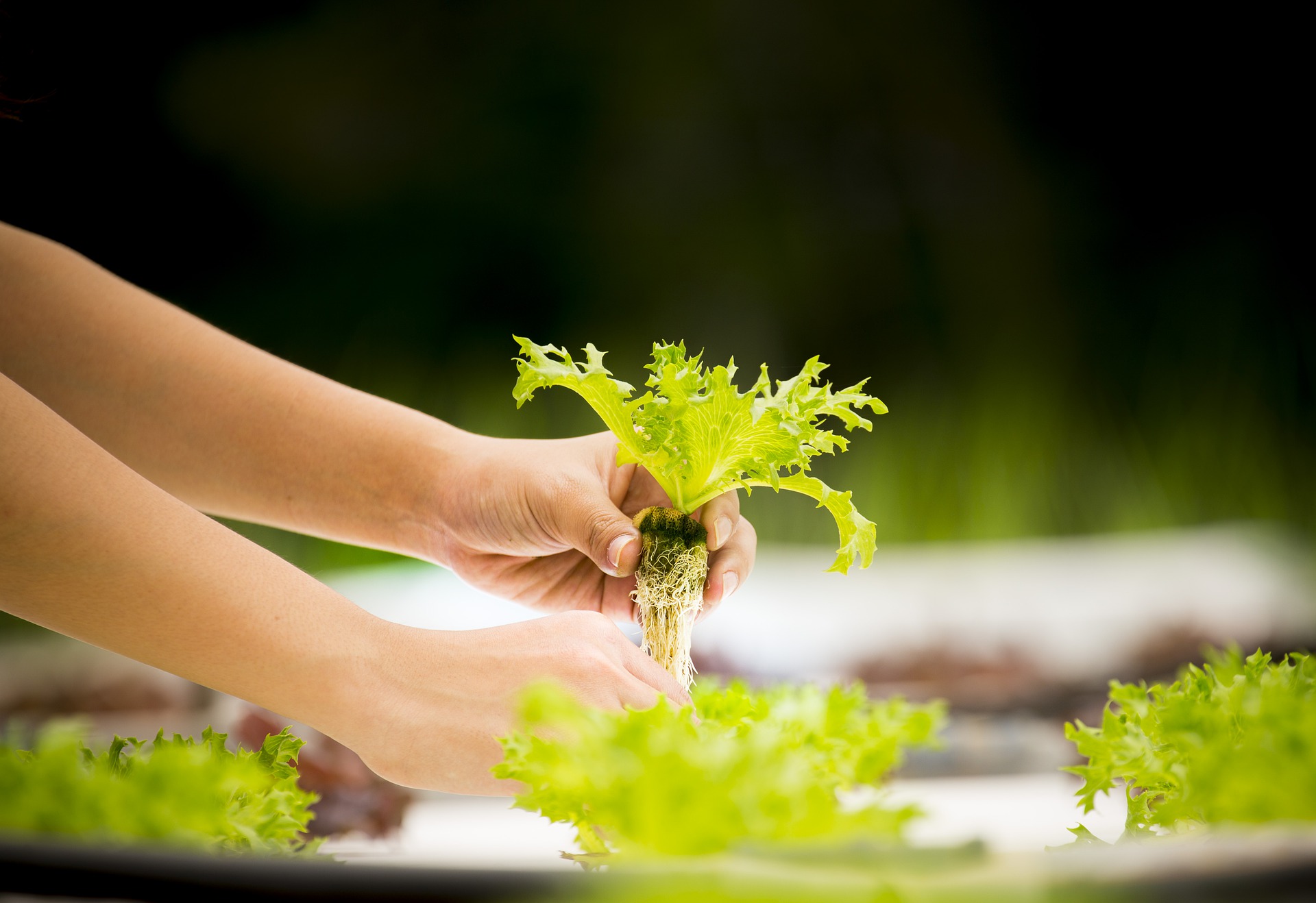
If you’re considering starting a hydroponics garden, then chances are you have already done your research when it comes to growing plants. In this article, we’re going to help you take your experience with hydroponics gardening and translate that into the most successful yields possible.
New Techniques
Hydroponic farming is so popular right now because of the increase in yields experienced by growers and the cost (and time) efficiency of such farms. With such a large return on investment, it’s no wonder that more and more people are starting their own hydroponics gardens.
But there is something you need to know: new growing techniques have been developed since the first hydroponic system was designed in 1938, and if you continue to use the same growing techniques from back then, well, good luck.
In case you don’t know much about hydroponics farming, or have been conducting your research with books from 1938, here are a few reasons why these new techniques will help maximize what a garden can produce by using a modern hydroponics system:
Water pH Matters
The experts at hydroponics supplier Progrow tell us modern hydroponics systems go beyond simply pumping water and nutrients into a plant; we now know that the pH of that water is one of the most important components to growing healthy plants. If you use an old-school aquarium pump and hose system, like those built by General Hydroponics, you’re probably going to end up with some pretty sick plants.
Soil pH Matters, Too!
The same goes for using an old-school soil-based grow system; your plants are going to suffer if you don’t get the pH of the water just right. More often than not, you’ll be dealing with nutrient deficiencies that will inhibit growth or prevent fruiting altogether.
How to Maximize Your Crop Yield
Your garden’s yield depends on your ability to provide it with all the water and nutrients it needs, along with an optimal pH to grow healthy roots. That means that if you want to get the most out of your hydroponic farming system, you’re going to need the right tools to measure exactly what your plants are getting and when they need it.
The good news is that pH control doesn’t have to be complicated or expensive; most advanced hydroponics set-ups require at least two (but often all four) of the components you’ll find in most pH Control Kits.
It’s important to note here that if you want your garden to be successful, you can’t just focus on the pH of your water. You also need to keep an eye on the PPM (parts per million) levels and frequently check for deficiencies in your nutrient solution.
Closing Tips
When it comes to maximizing your yield, the best advice we can give is to always focus on getting your water and nutrient solution’s pH right. However, it’s also important not to neglect either PPM or nutrient deficiency; these problems are often subtle but can significantly impact your garden.
And don’t be afraid to use the tools you need to monitor your pH levels properly; it’s better to measure too infrequently than to guess what your solution is doing. Bottom line? Maximize your crop yield with the proper pH levels, and you’ll be growing bigger buds in no time.